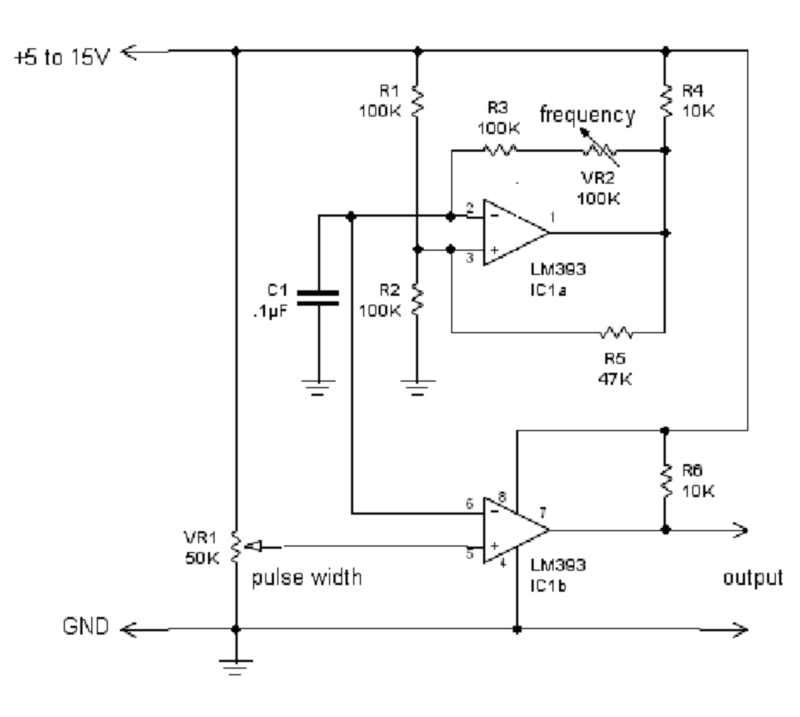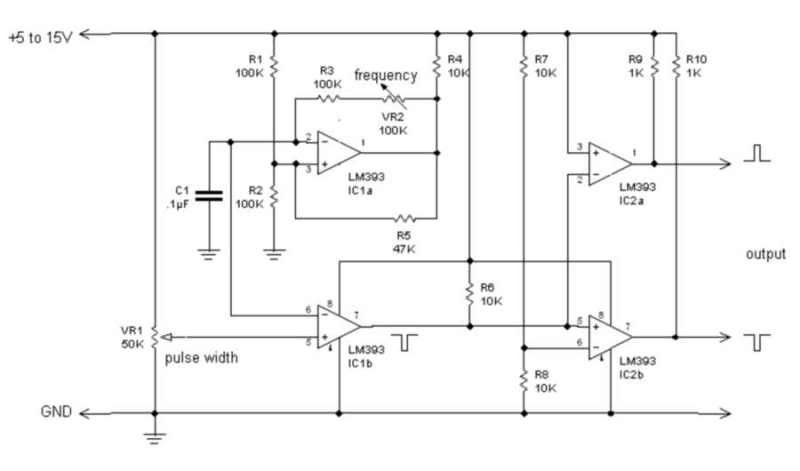That is a good motor, Thug
Hey Thug,
Yes, that is a great motor to test here...brushed motors will show you there are barely sparks at commutator, and it will run cold.
Now related to what you did there...
I am not quite sure if the secondary you are talking about is Internally set-related to Primary- , since you wrote :
If it is Internally set, then when you put the steel bar inside of it...That DOES decrease the output.
The thing is by doing that you are decreasing the Hot Induction, therefore minimizing the general output..you unbalanced inductions there.
Both Inductions should be balanced, meaning an inner bar without some external (to primary) steel frame, will decrease output.
Now ,you do should be able to regulate the Pot slowly...that is a problem.
Do you have a 250K Pot plus the two 1K at each sides of Pot?
Definitively you have it right when decreasing T-Off it does increase output.
Could you supply some pic's and diagrams of your set-up?
Thanks
Ufopolitics
Originally posted by thugugly
View Post
Yes, that is a great motor to test here...brushed motors will show you there are barely sparks at commutator, and it will run cold.
Now related to what you did there...
I am not quite sure if the secondary you are talking about is Internally set-related to Primary- , since you wrote :
...then use the smaller inner wire with slightly less turns as well, as secondary. The coils were not physically connected to each other. ..
The thing is by doing that you are decreasing the Hot Induction, therefore minimizing the general output..you unbalanced inductions there.
Both Inductions should be balanced, meaning an inner bar without some external (to primary) steel frame, will decrease output.
Now ,you do should be able to regulate the Pot slowly...that is a problem.
Do you have a 250K Pot plus the two 1K at each sides of Pot?
Definitively you have it right when decreasing T-Off it does increase output.
Could you supply some pic's and diagrams of your set-up?
Thanks
Ufopolitics


 I think we are looking for the most simple circuit for everybody to replicate yet with excellent results with production of radiant energy.
I think we are looking for the most simple circuit for everybody to replicate yet with excellent results with production of radiant energy.



Comment